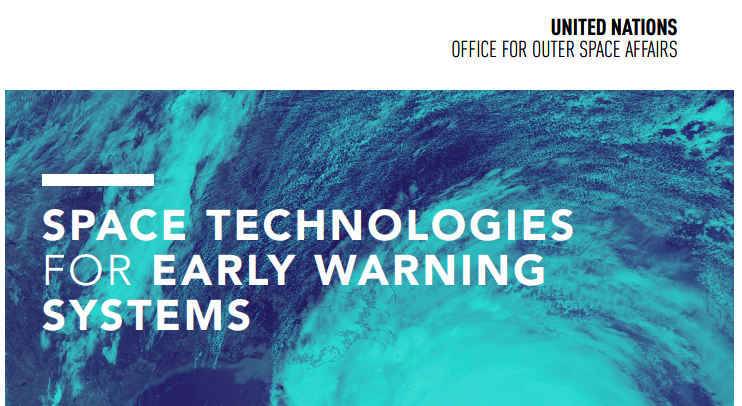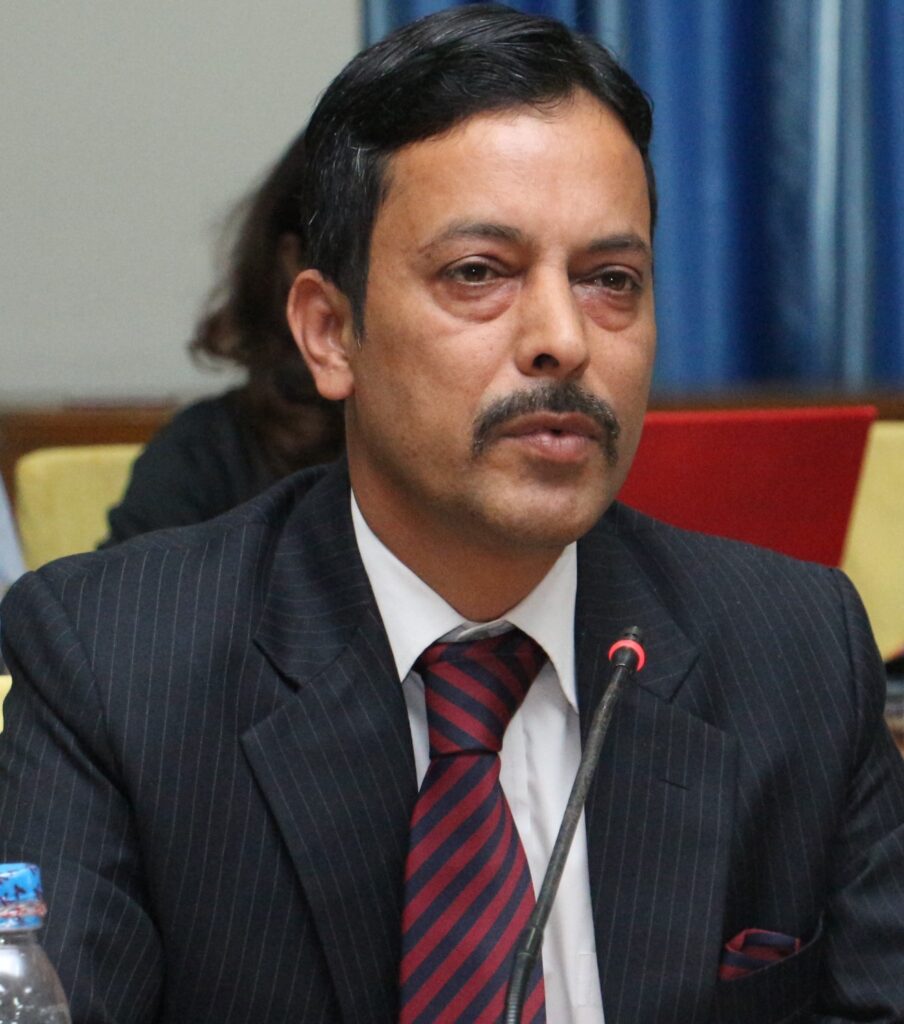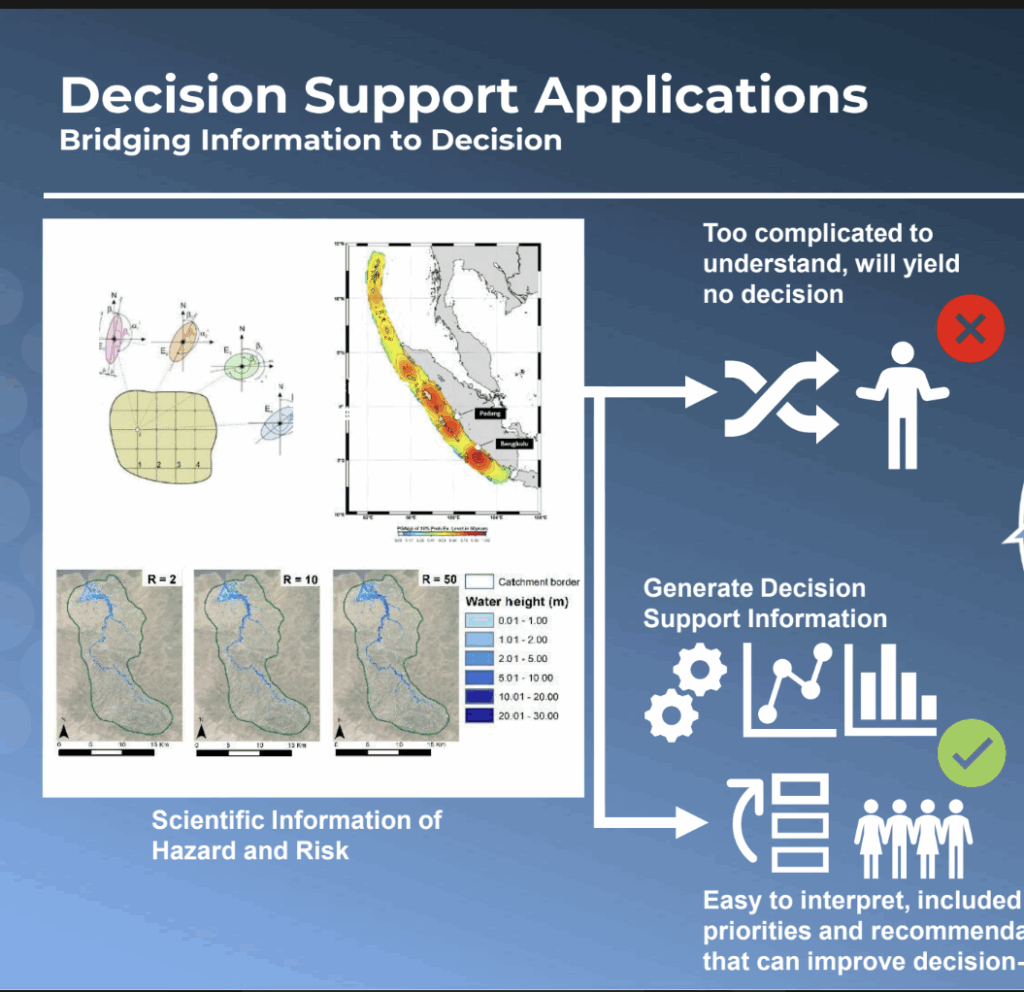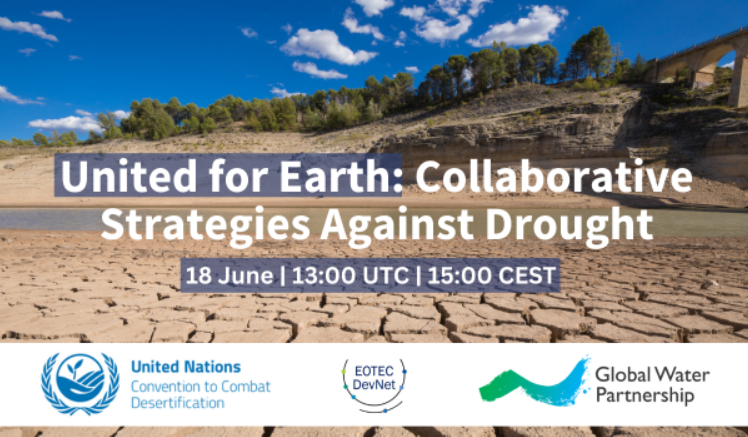A Deep Dive on Space Technologies for Early Warning

New report provides extensive detail on the ways that space-based data, products and services are enhancing people-centered early warning systems
Use of Digital Elevation Models in Guatemala. Hurricane forecasting across the Atlantic and Pacific oceans. Drought monitoring in South Asia. These are just a few of the 81 case studies captured in a new report, “Space-based Technologies for Early Warning Systems.” Produced by the UN-SPIDER program of the United Nations Office for Outer Space Affairs (UNOOSA), the report provides extensive detail on the ways that space-based data, products and services are enhancing people-centered early warning systems. Along with a brief history on the evolution of space technology for early warning, the report describes the building blocks of early warning systems and their application to hydrometeorological, geological, extraterrestrial, health, biological, environmental and coastal hazards. The report arrives at a critical time, as global agencies and national governments look to deliver on the United Nations Early Warning 4 All initiative. Coming soon: UN SPIDER and EOTEC will team up on webinars to explore the report’s findings. Stay tuned for more info!





